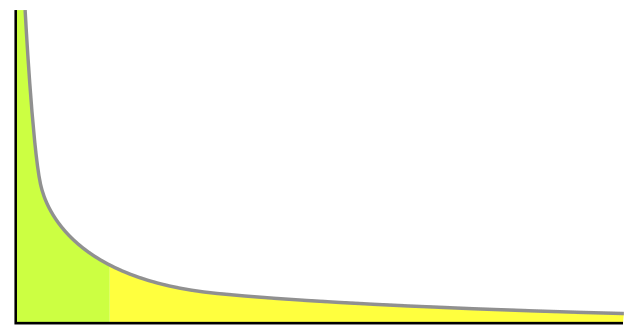Understanding Power Laws and Their Empirical Examples

The text discusses power laws, which are functional relationships between two quantities where a relative change in one quantity results in a relative change in the other quantity proportional to a power of the change, independent of the initial size of those quantities. It provides empirical examples of physical, biological, and human-made phenomena that follow power laws, such as the sizes of craters on the moon, cloud sizes, and the species richness in clades of organisms. The text also discusses the properties of power laws, including scale invariance and lack of a well-defined average value. It explains the scientific interest in power-law relations and the methods for estimating and validating power laws from empirical data.
- Power laws are functional relationships between two quantities where a relative change in one quantity results in a relative change in the other quantity proportional to a power of the change.
- Empirical examples of physical, biological, and human-made phenomena following power laws are provided.
- The properties of power laws, including scale invariance and lack of a well-defined average value, are discussed.
- Scientific interest in power-law relations and methods for estimating and validating power laws from empirical data are explained.